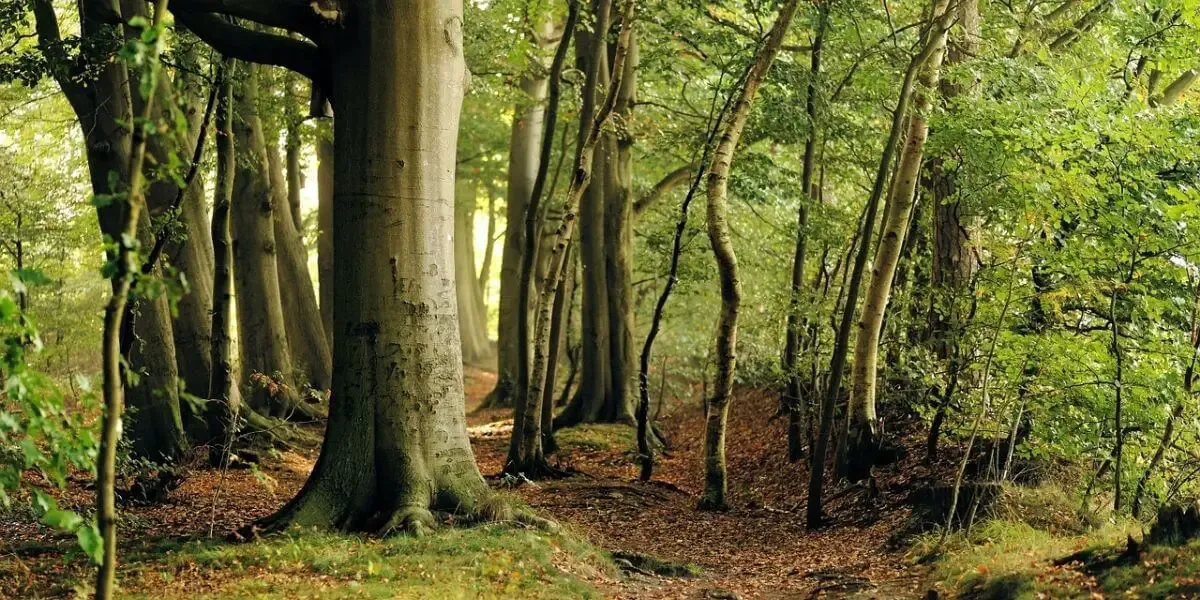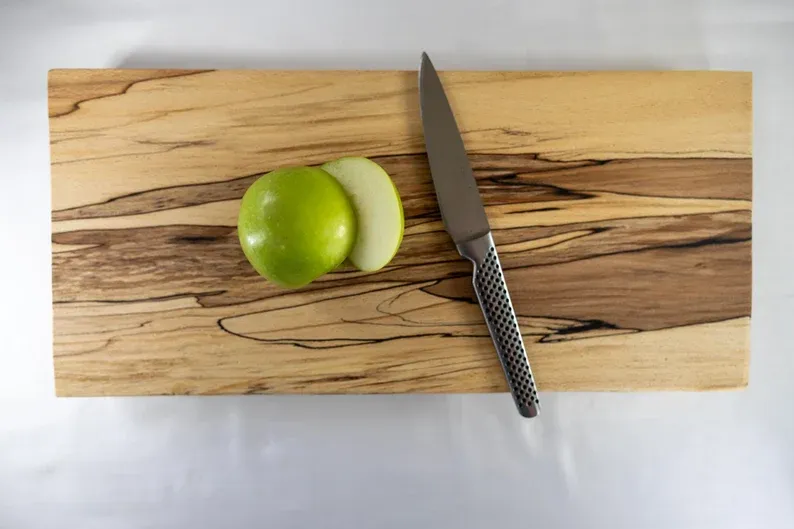Is Beech Wood Good for Carving? A Beginner's Guide
Beech Wood Carving: Pros, Cons & Expert Tips
Beech Wood Carving: Pros, Cons & Expert Tips
Beech Wood Properties | Its Advantages and Disadvantages
Beech is very hard, strong, durable, and straight-grained wood. It has good strength properties and is often used for making furniture and cabinetry. Beech Wood is one of the hardest wood species and comes from deciduous plants. It has long been used to make railroad tracks.
Beech is native to Europe, Asia, and North America, and there are many types of beech, such as European Beech, American Beech, Japanese Beech, and many more. These species have their physical properties.
The height of their trees is about 100–130 ft (30–40 m). The sapwood is light yellow, and the heartwood is red-white. The color of heartwood turns red-brown after steam treatment.
Beech Wood Properties
| # | Beech |
| Scientific Name: | Fagus |
| Tree Size: | 100–130 ft (30–40 m) tall. |
| Wood Color: | Pale cream to brown hue color. |
| Grain: | Straight with uniform texture |
| Rot Resistance: | Not rot resistance |
| Workability: | Overall good workability |
| Odor: | There is no odor. |
| Common Uses: | Veneer, flooring, boatbuilding, railroad ties, musical instruments. |
| Availability: | Easily Available and affordable. |
Beech Wood Properties
European Beech and American Beech are from the Beech family. The properties of these two kinds of wood are very close. There are slight differences in their appearance and color. If we talk about Grain / Texture and workability, there is no difference between them.
Color / Appearance: The color of its sapwood is pale cream, and the heartwood is pink or brown or reddish-white. It changes its color over time, and it becomes slightly dark-colored. After steam treatment, its color becomes a golden tone.
Janka Hardness: Beech Wood has sufficient hardness. If we talk about European Beech’s hardness is 1,450 lbf (6,460 N), and American Beech’s hardness is 1,300 lbf (5,780 N). So, that is ideal for home furniture and exterior applications.
Workability: It can be glued, finished, and trimmed very well. Beech is known for steam-bending. They can be easily worked with tools and machines even after having a medium hardness.
Rot Resistance: Beech wood is not naturally rot resistant. This can easily lead to decay. Therefore, it requires more care than other hardwoods.
Availability: European Beech is widely available across Europe in bulk. American Beech also becomes available in the market at an affordable price in the domestic range.
Durability: The Beech has sufficient hardness and good vorticity, but that does not mean it is durable. Its wood can easily get insects and rot.
Best Types of Wood for Carving
- Basswood – Best Wood for Hand Carving
- Cherry Wood – Best Wood for Power Carving
- Butternut wood – Best Wood for Relief Carving
- Pine – The Softest Wood for Carving
- Yellow Cedar – Best Hardwood for Carving
- Buckeye – Best wood for carving bowls
- Maple– Best wood for carving with Dremel
So, what wood is best for carving?
Well, there are several factors to consider when choosing a good wood for carving. First off, you want a wood type with a dense wood grain pattern for aesthetic value. Otherwise, your carved items may not look very beautiful.
Additionally, you don’t want the carved products to absorb too much moisture once dried, as this increases the risk of warping and loss of shape. This is especially important when carving functional items such as a spoon or bowl.
Three other qualities to consider when selecting good types of carving wood include;
So What Does All Of This Mean For Carving With Beech?
While Beech is hard enough to not tear apart, this lumber is not naturally resistant to rot. So, Beech is not a good choice for chainsaw carving — due to this techniques outdoorsy nature.
What’s more, this wood is far too dense and hard for whittling — especially once it’s dried out.
Still, you can use Beech wood logs for wood turning. And spalted Beech wood in particular can make for some fantastic looking wooden bowls.
Nevertheless, Beech wood — particularly when you’re working with green Beech wood — has a tendency to crack.
You see, green wood refers to any wood that has been freshly cut from a tree. At this stage, green wood has a lot of moisture in it (referred to as its moisture content). And that high moisture content makes it very easy to cut into Beech wood.
Nevertheless, as green Beech wood dries out, it shrinks and contracts. And, worryingly for your wooden bowls, if Beech wood dries too quickly, it will crack and form wood checks.
Now, this is not to say that Beech wood is highly prone to cracking — far from it.
Beech wood is fairly stable, and doesn’t wildly twist and warp — but this is only after it’s been seasoned.
Still, if you can prevent green Beech wood from drying too fast, you’ll minimize the chances of this wood cracking.



Tegs:
Search
Recent Posts
-
Narex 300g Carving Mallet: A Must-Have Tool for Wood Carvers
Apr 22 2025
-
Wood Spirit Carving: Bring Nature's Magic to Life
Apr 14 2025
-
Discover the best wood carving classes in Indiana. Find workshops and courses for all levels, from beginners to experienced carvers.
Apr 14 2025
-
Discover the Art of Junior Cobb: Renowned Wood Carver
Apr 14 2025
Subscribe to Updates
Get the latest posts and fashion insights directly in your inbox.